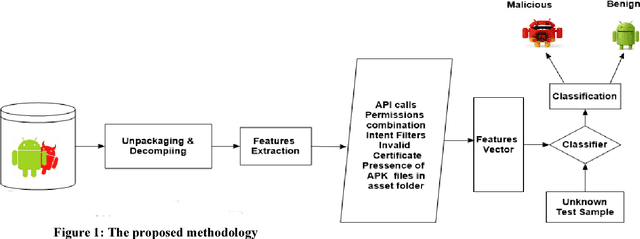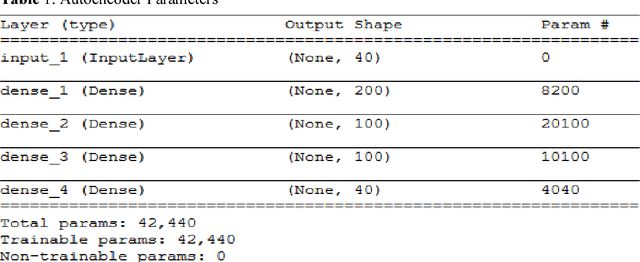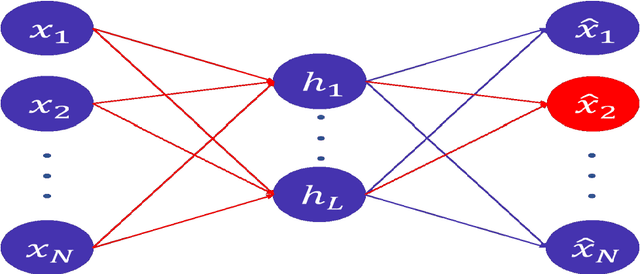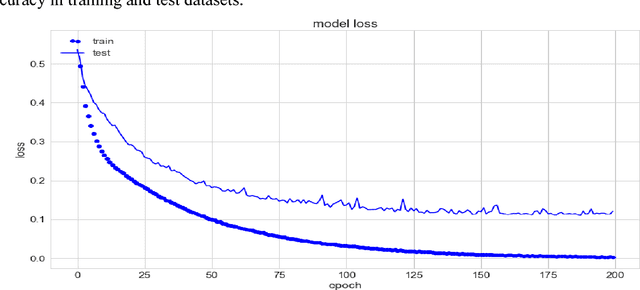Abdelmonim Naway
Android Malware Detection Using Autoencoder
Jan 14, 2019



Abstract:Smartphones have become an intrinsic part of human's life. The smartphone unifies diverse advanced characteristics. It enables users to store various data such as photos, health data, credential bank data, and personal information. The Android operating system is the prevalent mobile operating system and, in the meantime, the most targeted operating system by malware developers. Recently the unparalleled development of Android malware put pressure on researchers to propose effective methods to suppress the spread of the malware. In this paper, we propose a deep learning approach for Android malware detection. The proposed approach investigates five different feature sets and applies Autoencoder to identify malware. The experimental results show that the proposed approach can identify malware with high accuracy.
* 9 Pages, 4 Figures, 3 Tables
A Review on The Use of Deep Learning in Android Malware Detection
Dec 26, 2018



Abstract:Android is the predominant mobile operating system for the past few years. The prevalence of devices that can be powered by Android magnetized not merely application developers but also malware developers with criminal intention to design and spread malicious applications that can affect the normal work of Android phones and tablets, steal personal information and credential data, or even worse lock the phone and ask for ransom. Researchers persistently devise countermeasures strategies to fight back malware. One of these strategies applied in the past five years is the use of deep learning methods in Android malware detection. This necessitates a review to inspect the accomplished work in order to know where the endeavors have been established, identify unresolved problems, and motivate future research directions. In this work, an extensive survey of static analysis, dynamic analysis, and hybrid analysis that utilized deep learning methods are reviewed with an elaborated discussion on their key concepts, contributions, and limitations.
* 15 pages, 4 tables
 Add to Chrome
Add to Chrome Add to Firefox
Add to Firefox Add to Edge
Add to Edge